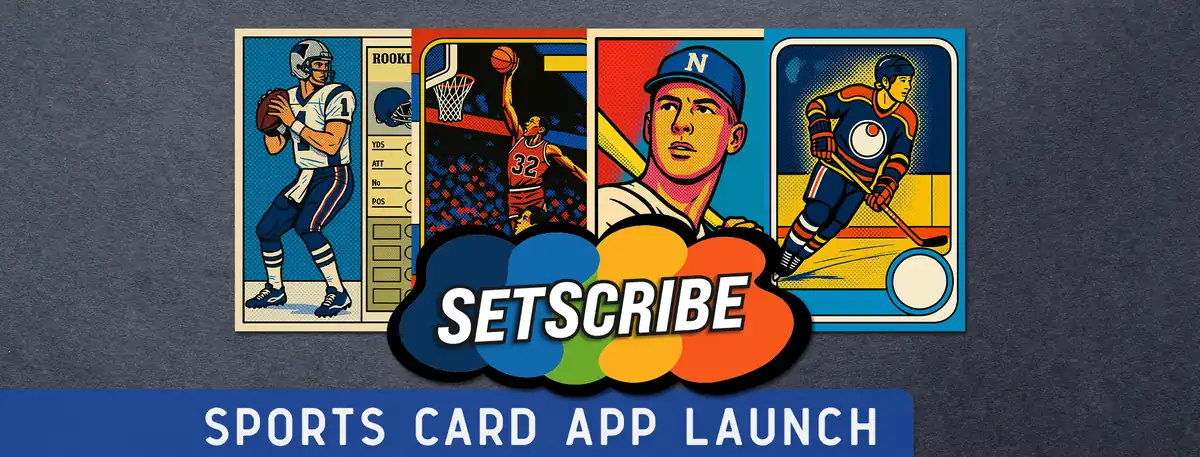
Golf Seven Steps To Improve Your Game
I first decided that I wanted to take golf really seriously when I was a junior in college. The previous year, I had played more of a contact sport, but a season ending injury got me thinking that perhaps I should value a sport with longevity to a greater degree.
I had been like most people: playing golf with friends for a good time, taking mulligans or improving my ball’s position in the rough, taking “gimmes” within the length of the putter. This all led me to believe that I was more than ready to play competitive golf where every stroke counts.
WRONG.
I believed I had been around a high-80s golfer at the time, which was good enough to be on the team at a small Division III school (albeit not often competing in matches or having my score count towards the team’s total). My first competitive tournament was one of the more humbling experiences of my life, with my total tally that day running close to 120.
While I’m better now than I used to be then, this experience showed me several principles that I still employ today. I think every golfer who wants to take this great game seriously should be doing the same.
(1) Be honest about your starting point
Go out and play 5 full rounds, truly counting every stroke and playing by the rules of the game, without mulligans. Putt every hole out, and own up to it if you miss a 2-foot tap in — even if it’s for triple bogey. Without knowing where you’re starting from or being honest about it, paper improvement will lead to inevitable frustration when the results don’t match what you think they should be. One of the most enjoyable parts of this game is the chase towards improvement. Real improvement starts with an honest view of starting point.
(2) Practice, practice, practice
Most people who golf recreationally really enjoy going out for a full 18. Those who actually care about lowering their handicap and shaving strokes off of their game should be willing to spend the 4 hours you would spend playing on the practice greens, short-game areas, and driving range. 100 yards and in is the key area of practice that many point to, and I’d concur. Take your iPod, load up the straymonkey podcast (or any other you wish), and go to work on chipping, sand shots, pitches, putting from 10 feet and in, and work on hitting full shots with a purpose. On the range, pick a target and try to accurately and consistently hit your shots to that mark. On the putting green, create games for yourself, like hitting 2 consecutive putts from 1 foot, 2 feet, 3 feet, etc., and stay there until you can get it done.
(3) Set reasonable expectations
While everyone wants to shoot par or better, for people trying to get better, that’s totally unreasonable. A good start would be to turn “par” into “bogey golf”. That makes a par 3 really a par 4, a par 4 a par 5, and a par the equivalent of a birdie. Once you can consistently hit this goal, try to move the bar lower, maybe taking par 3s or par 5s and playing them as is to get your score lower.
(4) Study
There’s many great YouTube channels out there for the golfer to improve if you don’t want to take the plunge to pay for lessons. Some of my favorites are Me and My Golf and Mark Crossfield. These guys are certified pros who teach the basic mechanics of the golf swing and are pretty entertaining along the way. Improvement at anything requires intentional effort, and golf is no different.
(5) Know how far you hit each club
You can do this a variety of ways, either professionally at somewhere like GolfTec or a local driving range, or you can be less precise and do it yourself. This is less than ideal, but it’s an option for someone on a budget.
(6) Practice course management
Your buddies may make fun of you for this, but that’s okay. Consider which yardages you are most comfortable hitting from most accurately, and play your shots to that strength. Know where the pins are being placed on the greens and what that means for yardage calculations (course markers are usually measured to the center of the green). I know that pulling out the driver and letting the big dog eat is fun, but if you can’t hit that club straight and there’s water on the right, you’re better off playing it safe. Golf is really a game that rewards risk management.
(7) Persevere
It’s not fun standing on the range watching your ball do the exact opposite of what you want, especially after you played horribly the day before. But it’s really fun 10 minutes later when you really focus on the mechanics that you’ve been studying and practicing and start hitting the ball purely more often than not.
I’ve nearly quit golf four times since taking it seriously, and my wife won’t let me. I thank her for that. I, too, have a long way to go, but intentional focus and effort will help you improve and keep you coming back for more.
Now go out and start to enjoy this great sport!
About the Author

Matt Truck
Matt Truck is our resident expert on the NBA, R&B, and is one half of a dynamic-duo podcasting crew.
Share This Article
 Check These Out
Check These Out
Content not available. Please disable site blocker to view.
About Stray Monkey
Stray Monkey is your source for entertainment, travel, and lifestyle content that's a little off the beaten path.
Learn more about us








